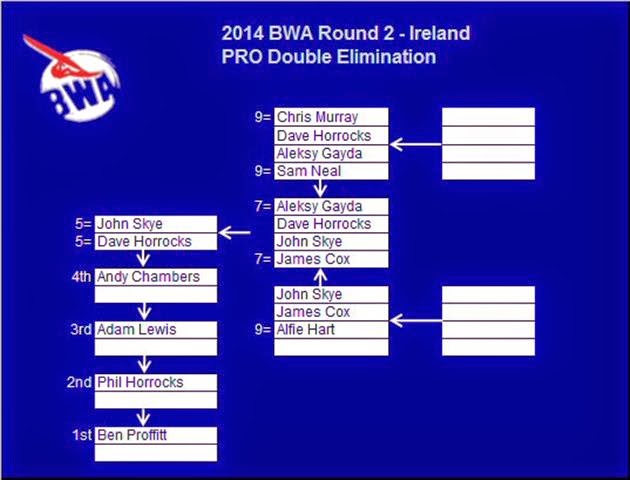1. We are seeing quite a trend at the moment of freeride boards getting thinner and wider. What are the real advantages of this style of shape and are they better for all freeriders?
SW. In our case this is the Gecko. Yes, everybody will enjoy this board. No doubt. The Geckos are boards that are quick on the plane, responsive and very easy to manoeuvre. A slight tail rocker combined with a fast, performance rocker line delivers early planning and unlimited carving. The wider compact outline supports the balance and the plane. We kept the volume low on the Geckos to ensure you are not carrying any extra board around. The flatter deck offers a secure stance and transitions into thinned out rails that you can dig as deep as you want in the water during carving manoeuvres. Additionally to their extraordinary carving characteristics, the Geckos also can be used to perform your first freestyle moves, as they are relatively short. If you are looking for a board that planes early and carves as tight as you can imagine, the Gecko will do the job.
OH. It’s a combination of thinner rails and that the rig attachment point comes closer to the water. This adds control but also makes the board feel more responsive and simply more fun. The main disadvantage comes from the shorter length which means really unpolished planing techniques get more punished and that the board is a bit slower when not planing. But even with an only moderately good planing technique the thin/wide/short boards tends to plane as early or earlier than more classic freeriders. And perhaps most importantly, with the round outline and super thin profile, jibing will be super easy even with the ultra fast rocker that we are using. So except possibly for pure beginners and sailors that do a lot of non-planing sailing, I reckon the new boards are more fun.

TY. Wind range. As long as the freerider has chosen correctly, by volume or by width depending on his or her skill level, then it would be better in many, but not all, aspects. Of the same width, the advantage is more high wind control, better jibing and a sharper, more responsive ride. Of the same volume, you have more width for improved stability, easier jibing and better bottom end power, better upwind power.
FG. I think as usual there is some level of truth to each new trend. Our focus at Goya is on developing shapes and designs that integrate the future with previous proven designs. Added width with a balanced outline and bottom curves will add to your stability, increase your early planning and range of use, and of course that will suit most riders.
WG. The thinner and wider boards offer a different feeling and have advantages in easy surfing. Because of their width they are super stable, get planning easy and have great gybing ability. They are very forgiving and even work with small sails. In this segment feeling is a big factor. The more traditional freeride boards have a more direct feel and require a slightly different sailing style. There is a big target group out there which likes to use bigger sails and a more powerful fin but still does not want to go to a Super Sport board. At this stage I would say the 2 concepts have a place in the market and we will see what the future brings.
FV. Better planing, more lateral stability, more range.





